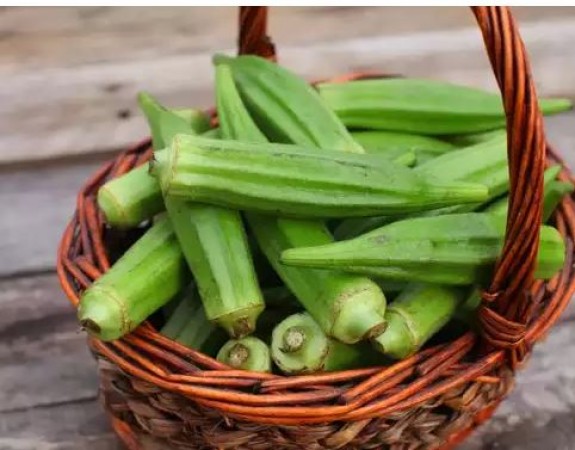
Okra, commonly known as bhindi in many parts of the world, is a beloved vegetable that finds its way into a wide range of culinary creations. It boasts a unique texture and flavor, making it a popular choice in various cuisines. However, okra has a relatively short shelf life, and improper storage can lead to it spoiling quickly. If you want to enjoy the benefits of fresh bhindi for an extended period, we have compiled a comprehensive guide with expert tips on how to store it effectively.
Before we delve into the intricacies of storage, it's vital to begin with the selection of fresh bhindi. Picking the right okra is the first step to ensuring prolonged freshness. Here are the qualities to look for when buying bhindi:
When you're at the market or grocery store, seek out okra that is firm to the touch. The texture should be resilient, indicating its freshness. Soft or squishy bhindi is a telltale sign that it's past its prime.
A vibrant green color is an indicator of freshness. A dull or yellowish appearance may suggest that the okra is aged or of lower quality.
Examine the skin of the okra pods for any cuts, bruises, or blemishes. Fresh bhindi should have smooth, unblemished skin, free from visible imperfections.
Now that you've successfully procured fresh bhindi, let's focus on the critical aspect of storing it effectively to prolong its freshness.
Refrigeration is perhaps the most effective way to keep okra fresh. Follow these steps for proper refrigeration:
Moisture is a common adversary when it comes to preserving okra's freshness. Here's how to minimize moisture-related issues:
Avoid washing okra before storing it. Pre-washed okra can be more prone to moisture retention, which accelerates spoilage. Instead, wash the okra just before using it in your recipes.
Airtight containers are an effective means of preserving the freshness of okra for an extended period. Here's how you can do it:
To maintain the quality of your stored bhindi, it's essential to perform regular checks for any signs of deterioration. Here are a couple of checks to conduct:
Periodically examine the okra for any visual cues of spoilage. Look for wilting, discoloration, or the presence of mold. Promptly remove any pods that show signs of spoilage to prevent it from affecting the entire batch.
Fresh okra typically has a neutral, earthy scent. If you notice any off-putting odors, it's a clear indication that the okra is no longer fresh. Trust your sense of smell to gauge the condition of your stored bhindi. In conclusion, by following these expert tips on how to store bhindi effectively, you can significantly extend its freshness and savor its delicious flavor for a longer period. Proper storage techniques, along with vigilance in monitoring freshness, play a pivotal role in preserving this versatile and nutritious vegetable. With these guidelines, you can ensure that your bhindi remains a delightful addition to your meals, even beyond its typical shelf life. So, the next time you acquire a batch of okra, remember these tips, and enjoy its goodness for an extended period, knowing that it's in the best possible condition.
Bhutan's King Embarks on Diplomatic Mission to Assams Kaziranga
Air India Embarks on Ambitious Expansion with 400+ New Weekly Flights
Rbi Imposes Fines On These Banks, Firms For Regulatory Violations